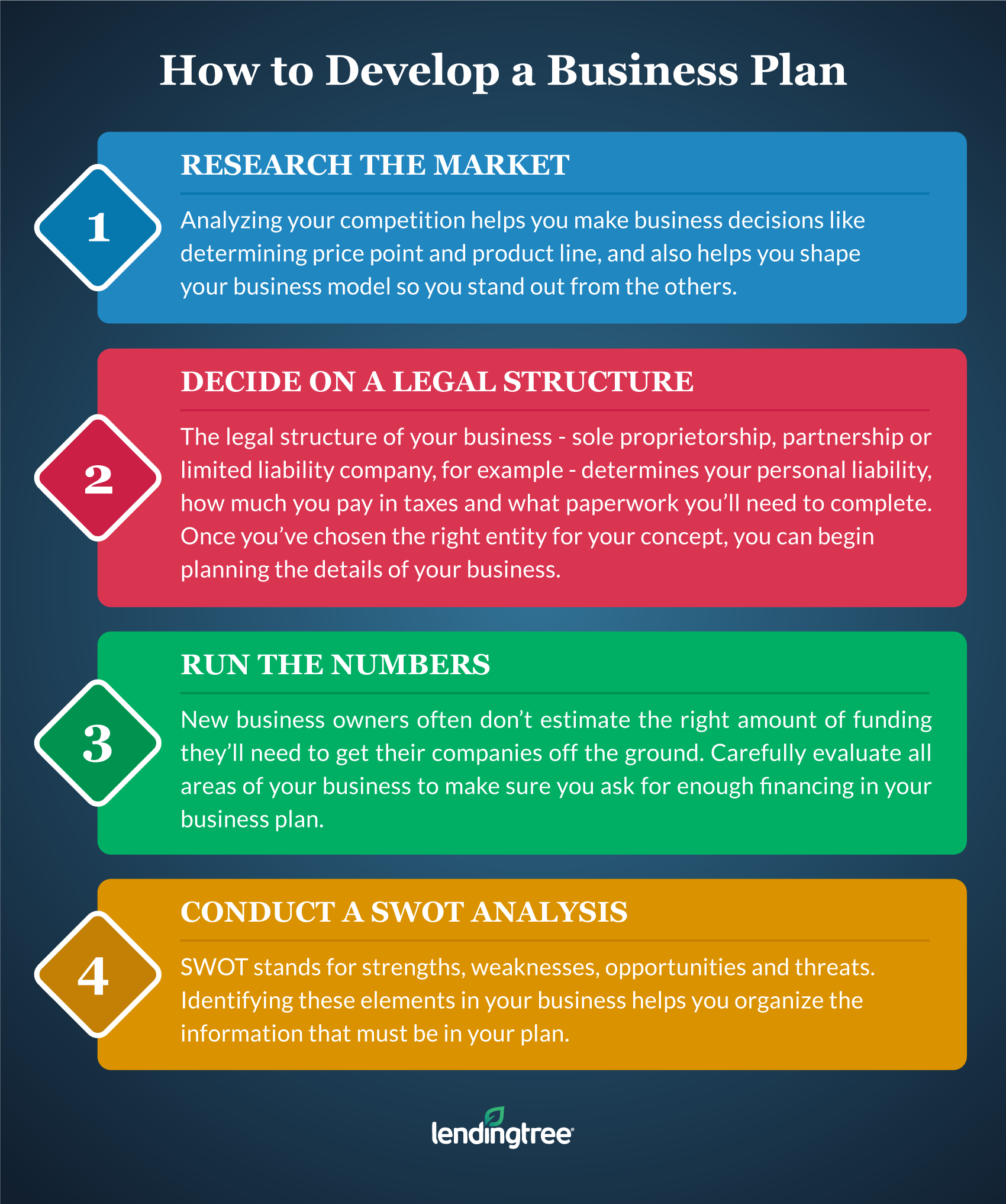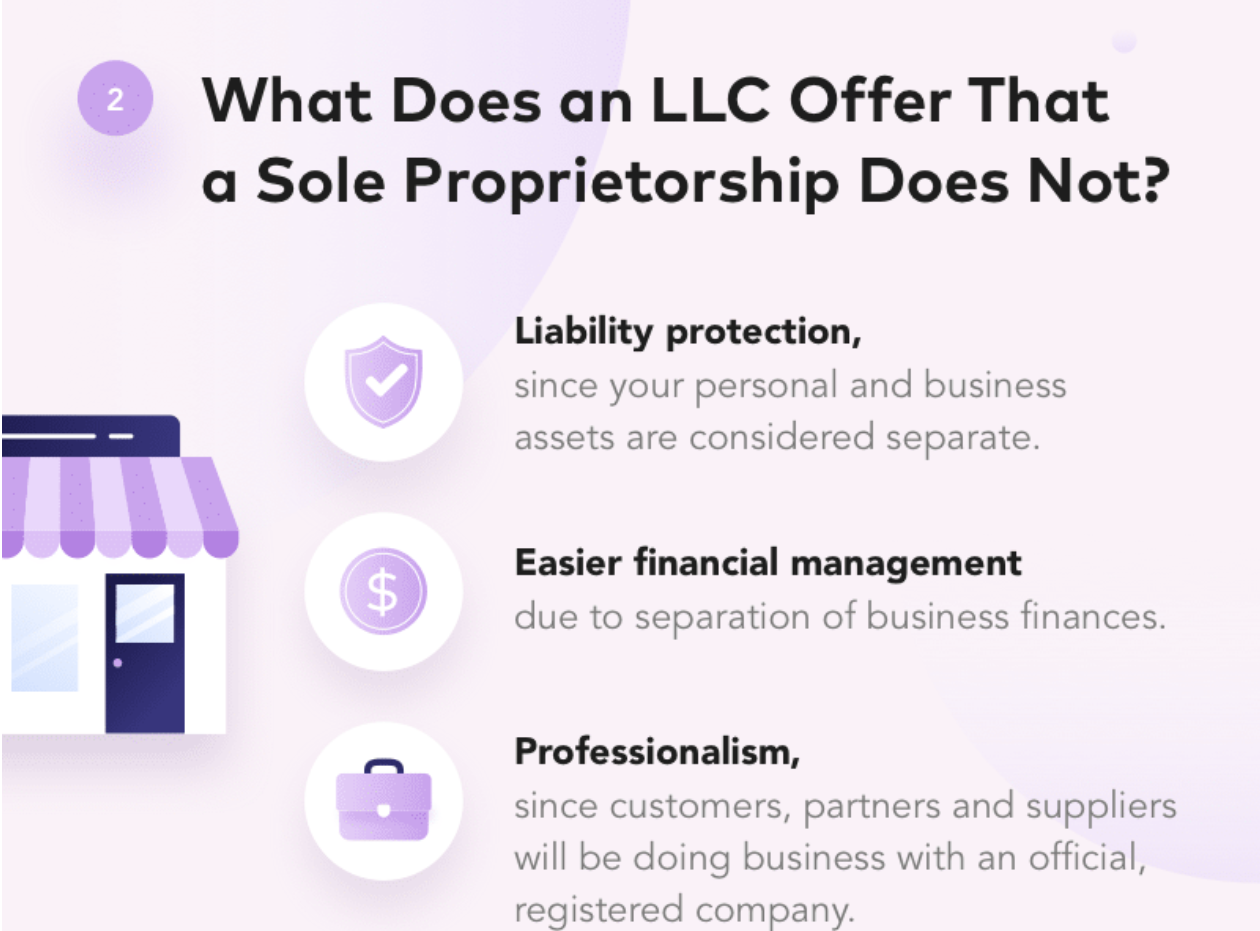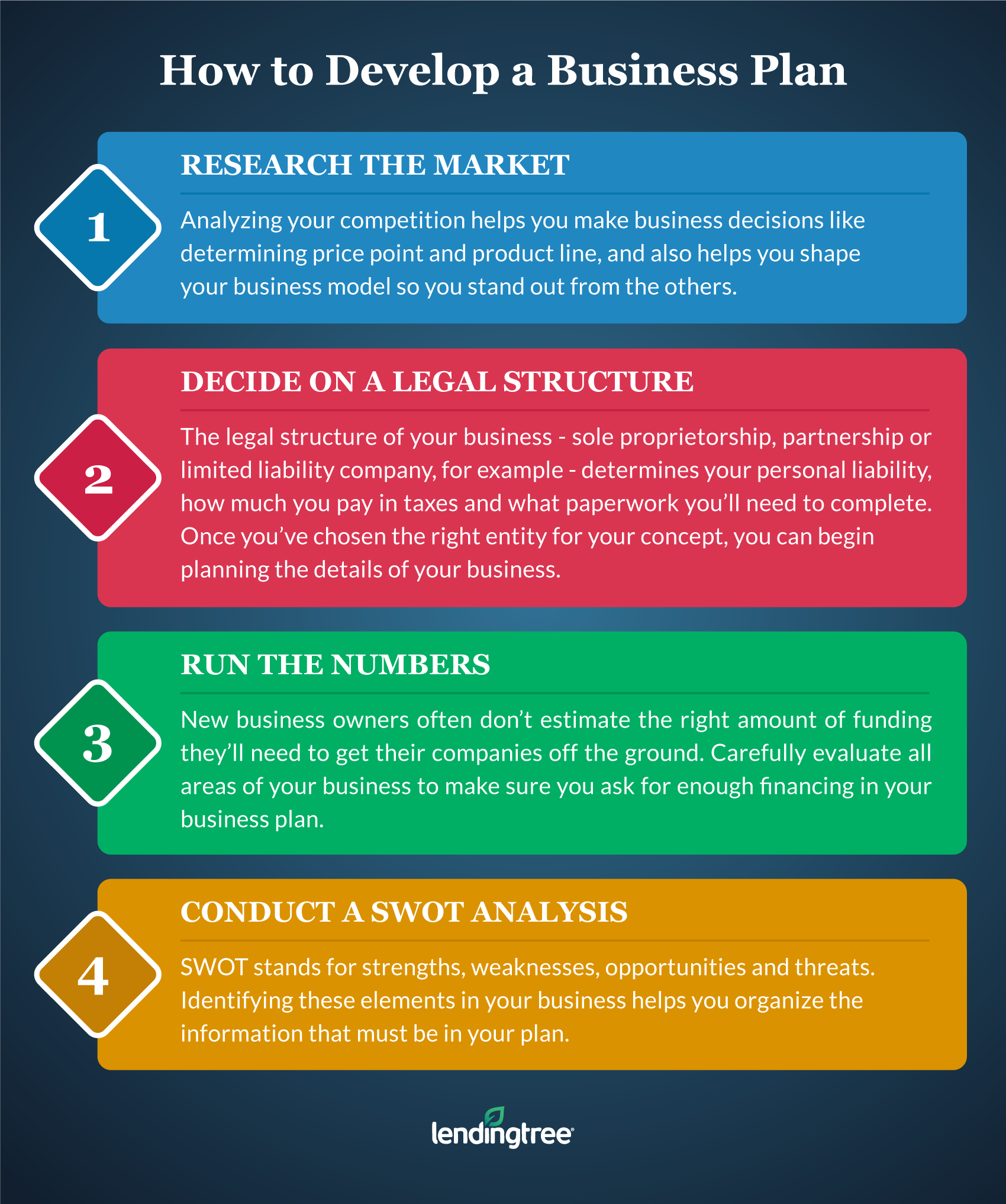
The Ultimate Guide to Writing a Business Plan: Your Roadmap to Entrepreneurial Success
Do you dream of launching your own business, turning a brilliant idea into a thriving reality? Perhaps you’re an existing entrepreneur looking to expand, pivot, or secure crucial funding. Whatever your stage, there’s one foundational document that can make all the difference: the business plan.
Often seen as a daunting task, writing a business plan doesn’t have to be an overwhelming ordeal. Think of it less as a rigid academic exercise and more as your personalized roadmap to success. It’s a living document that helps you clarify your vision, understand your market, anticipate challenges, and chart a clear course forward.
In this comprehensive guide, we’ll demystify the business plan, breaking down each essential section into easy-to-understand steps. Whether you’re a complete beginner or just need a refresher, get ready to transform your ideas into a concrete, actionable strategy.
What Exactly Is a Business Plan?
At its core, a business plan is a written document that describes your business idea, its objectives, how it will operate, and how it will achieve its goals. It serves multiple vital purposes:
- A Strategic Roadmap: It defines your business’s goals and outlines how you plan to achieve them.
- A Communication Tool: It helps you articulate your vision to potential investors, lenders, partners, and even employees.
- A Risk Assessment Tool: It forces you to identify potential challenges and develop strategies to overcome them.
- A Measurement Tool: It provides benchmarks against which you can measure your progress and make informed decisions.
Why is Writing a Business Plan So Important?
You might be thinking, "Do I really need one? Can’t I just start?" While it’s tempting to jump straight into action, taking the time to write a business plan offers significant advantages:
- Clarity and Focus: It forces you to think critically about every aspect of your business, clarifying your vision, mission, and objectives. This process helps you identify your strengths, weaknesses, opportunities, and threats (SWOT analysis).
- Attracting Funding: Investors and lenders almost always require a well-structured business plan. It demonstrates that you’ve done your homework and have a viable strategy for success and repayment.
- Risk Mitigation: By researching your market, understanding your competition, and outlining potential challenges, you can proactively develop strategies to mitigate risks before they become major problems.
- Strategic Decision-Making: With a clear plan, you can make more informed decisions about everything from marketing to hiring to product development. It prevents you from chasing every shiny new idea and keeps you aligned with your core goals.
- Benchmarking Success: Your business plan includes financial projections and operational milestones. These serve as benchmarks to track your progress and adjust your strategies as needed.
- Attracting Talent: A well-articulated plan can help you attract key employees who understand and believe in your vision.
The Essential Components of a Business Plan: A Section-by-Section Guide
While there’s no single "perfect" template, most effective business plans include the following core sections. We’ll break down what each section entails and what you should include.
1. Executive Summary: Your Business’s "Elevator Pitch"
This is arguably the most crucial section, as it’s often the first (and sometimes only) part that busy readers like investors or lenders will look at. It should be written last, after you’ve completed all other sections, as it summarizes everything.
What to Include:
- Your Business Concept: What is your business, and what problem does it solve?
- Mission Statement: A concise statement of your business’s purpose and values.
- Products/Services: A brief overview of what you offer.
- Target Market: Who are your ideal customers?
- Competitive Advantage: What makes you unique and better than the competition?
- Financial Highlights: Key financial figures (e.g., projected revenue, profit, funding needs).
- Management Team: Briefly introduce key team members and their relevant experience.
- Funding Request (if applicable): How much money are you seeking, and how will it be used?
Tip for Beginners: Keep it concise – ideally one to two pages. It should grab attention and make the reader want to dive deeper into the rest of your plan.
2. Company Description: Who Are You?
This section provides a detailed overview of your business, giving readers a clear understanding of its identity and what it stands for.
What to Include:
- Legal Structure: Are you a sole proprietorship, partnership, LLC, or corporation?
- Mission & Vision Statements:
- Mission: Your business’s core purpose and why it exists.
- Vision: What you aspire to become in the future.
- Values: The guiding principles that dictate your business’s behavior and culture.
- Business Objectives: Specific, measurable, achievable, relevant, and time-bound (SMART) goals for your business.
- History (if applicable): When was the business founded? What significant milestones have you achieved?
- Location: Where is your business located, and why is that location strategic?
- Products/Services Overview: A slightly more detailed (but still high-level) description of what you offer.
- Unique Selling Proposition (USP): What makes your business distinct and valuable to customers?
Tip for Beginners: Be passionate but realistic. This is where you lay the groundwork for your brand’s identity.
3. Market Analysis: Know Your Playground
This is where you demonstrate your understanding of the industry, your target customers, and the competitive landscape. Thorough market research is critical here.
What to Include:
- Industry Overview:
- What industry are you operating in?
- What are its current trends, size, and growth potential?
- Any significant regulations or external factors?
- Target Market Analysis:
- Demographics: Age, gender, income, education, location.
- Psychographics: Lifestyle, values, interests, attitudes.
- Behavioral: Purchasing habits, brand loyalty.
- Needs & Pain Points: What problems do your target customers have that your business solves?
- Market Size: How many potential customers are there, and what is the market’s total value?
- Competitive Analysis:
- Who are your main competitors (direct and indirect)?
- What are their strengths and weaknesses?
- How do their products/services, pricing, and marketing compare to yours?
- What is your competitive advantage over them? (e.g., lower price, superior quality, unique features, better customer service, niche focus).
- SWOT Analysis (Optional but Recommended):
- Strengths: Internal advantages (e.g., experienced team, unique technology).
- Weaknesses: Internal disadvantages (e.g., limited capital, lack of brand recognition).
- Opportunities: External factors you can leverage (e.g., emerging market trends, new technologies).
- Threats: External challenges (e.g., new competitors, economic downturns, changing regulations).
Tip for Beginners: Don’t skip the research! Use reliable sources like government statistics, industry reports, surveys, and competitor websites. Show that you understand the landscape.
4. Organization & Management: Who’s Behind the Wheel?
This section outlines your company’s organizational structure and highlights the key individuals who will be leading the business.
What to Include:
- Organizational Structure:
- A simple organizational chart showing key roles and reporting relationships.
- If you’re a small startup, list the founders and their initial responsibilities.
- Management Team:
- Names and Titles: For each key member (founders, senior managers).
- Relevant Experience & Expertise: Highlight their qualifications, past successes, and how their skills contribute to the business’s success.
- Roles and Responsibilities: Clearly define what each person will be doing.
- Advisory Board/Key Advisors (if applicable):
- List any external advisors, mentors, or board members and their expertise.
- Human Resources Plan:
- How many employees do you anticipate hiring?
- What key positions will you need to fill, and what are their qualifications?
- How will you recruit, train, and retain talent?
Tip for Beginners: Even if you’re a solo entrepreneur, you are the management team! Emphasize your own skills and any mentors or contractors you plan to work with.
5. Service or Product Line: What Are You Selling?
This section delves into the specifics of what your business offers, highlighting its features, benefits, and lifecycle.
What to Include:
- Detailed Description of Products/Services:
- What exactly are you selling? Be specific.
- What are its key features and functionalities?
- How does it work? (If applicable, provide a simple process flow).
- Customer Benefits:
- Crucially, what problems do your products/services solve for customers?
- What value do they provide? (e.g., saves time, saves money, improves health, provides entertainment).
- Development Stage:
- Is your product/service already developed and ready for sale?
- Is it in prototype stage?
- What are your plans for future development or new offerings?
- Intellectual Property (if applicable):
- Do you have any patents, trademarks, copyrights, or trade secrets?
- How will you protect your intellectual property?
- Pricing Strategy:
- How will you price your products/services? (e.g., cost-plus, value-based, competitor-based).
- Justify your pricing relative to your value and competition.
Tip for Beginners: Focus on the "benefits, not just features." Customers buy solutions, not just products.
6. Marketing & Sales Strategy: How Will You Reach Your Customers?
This section outlines how you plan to attract customers, generate leads, and convert them into sales. It’s about getting your product or service into the hands of your target market.
What to Include:
- Marketing Strategy:
- Branding: What is your brand identity, voice, and message?
- Marketing Channels: How will you reach your target audience? (e.g., social media marketing, content marketing, SEO, paid advertising, email marketing, public relations, traditional advertising, partnerships).
- Promotional Activities: Specific campaigns, events, or promotions you plan to run.
- Marketing Budget: How much will you allocate to marketing efforts?
- Sales Strategy:
- Sales Channels: How will customers purchase your products/services? (e.g., online store, physical retail location, direct sales force, distributors, wholesalers).
- Sales Process: Outline the steps from lead generation to closing a sale.
- Customer Relationship Management (CRM): How will you manage customer interactions and build loyalty?
- Sales Forecasts: Projected sales volume and revenue (detailed in the financial section, but briefly mentioned here).
Tip for Beginners: Be realistic about your marketing budget and resources. Start with a few key channels and scale up as you grow.
7. Funding Request (If Applicable): How Much Money Do You Need?
If you’re seeking external funding (from investors or lenders), this section is critical. Clearly state how much money you need and how you plan to use it.
What to Include:
- Amount Requested: The specific amount of funding you are seeking.
- Purpose of Funds: A detailed breakdown of how you plan to use the money (e.g., equipment purchase, inventory, marketing, working capital, hiring). Be very specific.
- Funding Type: Are you seeking equity investment (selling a share of your company) or debt financing (a loan)?
- Future Financial Projections (briefly): How will this funding impact your future revenue and profitability?
- Repayment Plan (for loans): How will you pay back the loan?
- Exit Strategy (for investors): How will investors get their money back and make a return (e.g., acquisition, IPO, dividend payouts)?
Tip for Beginners: Be transparent and justify every dollar. Investors want to see that you have a clear plan for their money.
8. Financial Projections: Show Me the Money!
This is where you translate all your strategies into numbers. It’s crucial for understanding your business’s financial viability and for attracting investors. If numbers aren’t your strong suit, consider seeking advice from an accountant or financial advisor.
What to Include (typically for 3-5 years, monthly for the first year):
- Startup Costs: A detailed list of all expenses incurred before opening (e.g., legal fees, permits, equipment, initial inventory, website development).
- Sales Forecast: Projected revenue over time, broken down by product/service line.
- Income Statement (Profit & Loss Statement): Shows your revenue, costs, and profit over a period (e.g., monthly, quarterly, annually).
- Cash Flow Statement: Tracks the actual movement of cash in and out of your business. This is vital, as a profitable business can still fail if it runs out of cash.
- Balance Sheet: A snapshot of your company’s assets, liabilities, and owner’s equity at a specific point in time.
- Break-Even Analysis: Calculates the point at which your revenue equals your total costs, meaning you’re neither making nor losing money.
- Key Assumptions: Clearly state the assumptions you’ve made for your projections (e.g., market growth rate, average customer spend, conversion rates).
Tip for Beginners: Be realistic and conservative with your projections. It’s better to under-promise and over-deliver than the other way around. Show how you arrived at your numbers.
9. Appendix (Optional but Recommended): Supporting Documents
This section isn’t always read, but it provides a place for any supporting documents that add credibility and depth to your plan.
What to Include:
- Resumes of key management team members.
- Letters of intent from potential customers or partners.
- Market research data and sources.
- Legal documents, permits, or licenses.
- Product images or schematics.
- Contracts or agreements.
- Press clippings or relevant articles.
- Any other supporting data that strengthens your case.
Tip for Beginners: Keep it organized. Label everything clearly so readers can easily find what they’re looking for.
Before You Start: Essential Preparation Steps
Before you even open a blank document, take some time for these crucial preparatory steps:
- Self-Assessment:
- What are your skills, passions, and resources?
- What are you truly good at?
- What kind of lifestyle do you want your business to support?
- Idea Validation:
- Does your idea solve a real problem for real people?
- Are people willing to pay for your solution?
- Talk to potential customers! Get feedback.
- Thorough Research:
- Market Research: Understand your industry, target audience, and market trends.
- Competitor Research: Analyze who your competitors are, what they offer, and what their strengths and weaknesses are.
- Legal Research: What permits, licenses, or regulations apply to your business?
- Gather Data: Collect all the information you’ll need for your financial projections, market analysis, and operational details.
Tips for Writing an Effective Business Plan
- Keep it Concise and Clear: While comprehensive, avoid unnecessary jargon or fluff. Get straight to the point.
- Know Your Audience: Tailor your language and focus based on who will be reading your plan (e.g., a bank loan officer versus a venture capitalist).
- Be Realistic: Avoid overly optimistic projections. Ground your plan in solid research and achievable goals.
- Highlight Your Competitive Advantage: Clearly articulate what makes your business unique and why customers should choose you.
- Emphasize Your Team: Investors often invest in people as much as ideas. Showcase your team’s expertise and passion.
- Proofread Meticulously: Typos and grammatical errors undermine your professionalism. Get someone else to review it.
- Make it a Living Document: Your business plan isn’t a static artifact. Review and update it regularly (at least annually, or when significant changes occur) to reflect new market conditions, strategies, and achievements.
- Start Simple: Don’t aim for perfection on the first draft. Get your ideas down, then refine and polish.
Common Mistakes to Avoid When Writing a Business Plan
- Being Too Vague: Lack of specific details, numbers, or clear strategies.
- Unrealistic Projections: Overly optimistic sales forecasts or underestimating costs.
- Ignoring the Competition: Failing to acknowledge or adequately analyze competitors.
- Lack of Research: Making assumptions instead of backing claims with data.
- Poor Presentation: Disorganized, hard-to-read, or unprofessional formatting.
- Writing It and Forgetting It: Not using the plan as an ongoing guide for your business.
- Focusing Only on the Product: Neglecting the market, operations, or financial aspects.
- Exaggerating Credentials: Be honest about your experience and capabilities.
Using Your Business Plan Beyond the Writing Process
Once your business plan is complete, it’s not just a document to file away. It’s a powerful tool to be actively used:
- Internal Guide: Refer to it regularly to ensure your team is aligned with your goals and strategies.
- Investor Pitches: It forms the backbone of your presentations to potential investors.
- Loan Applications: Essential for securing financing from banks and other lenders.
- Strategic Planning: Use it for annual reviews, setting new objectives, and adapting to market changes.
- Employee Onboarding: Helps new hires understand the company’s vision and direction.
- Partnership Discussions: Provides a clear overview for potential collaborators.
Conclusion: Your Journey Starts Here
Writing a business plan might seem like a significant undertaking, but it’s an invaluable investment in your entrepreneurial journey. It transforms abstract ideas into concrete strategies, illuminates potential pitfalls, and provides a clear path to achieving your goals.
Remember, it doesn’t have to be perfect from day one. Start with a clear vision, commit to thorough research, and be honest with yourself about your capabilities and challenges. As your business evolves, so too will your plan.
So, take a deep breath, gather your thoughts, and begin sketching out your future. Your ultimate guide to writing a business plan is now in your hands. The first step towards entrepreneurial success is often the one you take on paper. Good luck!



Post Comment